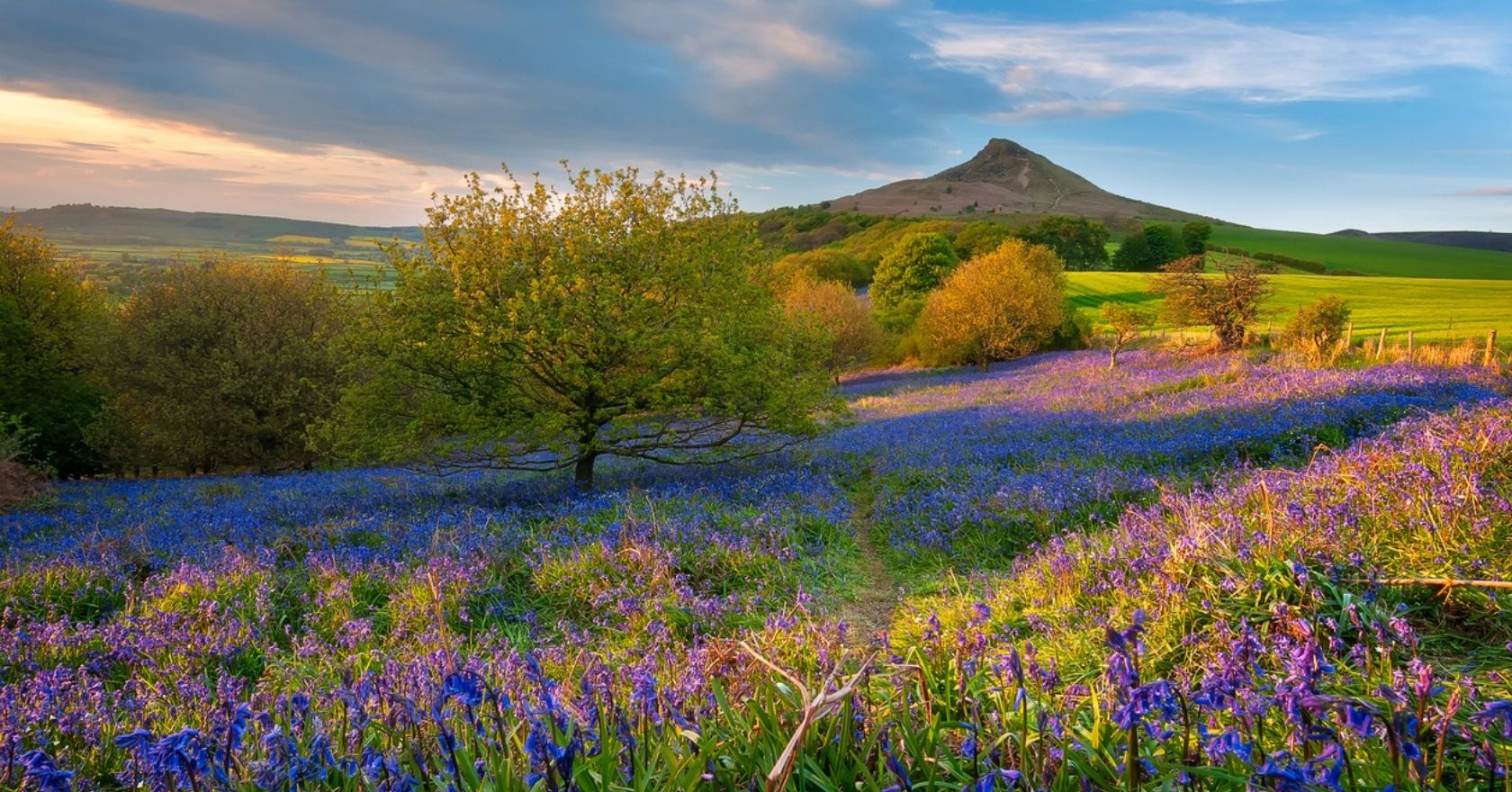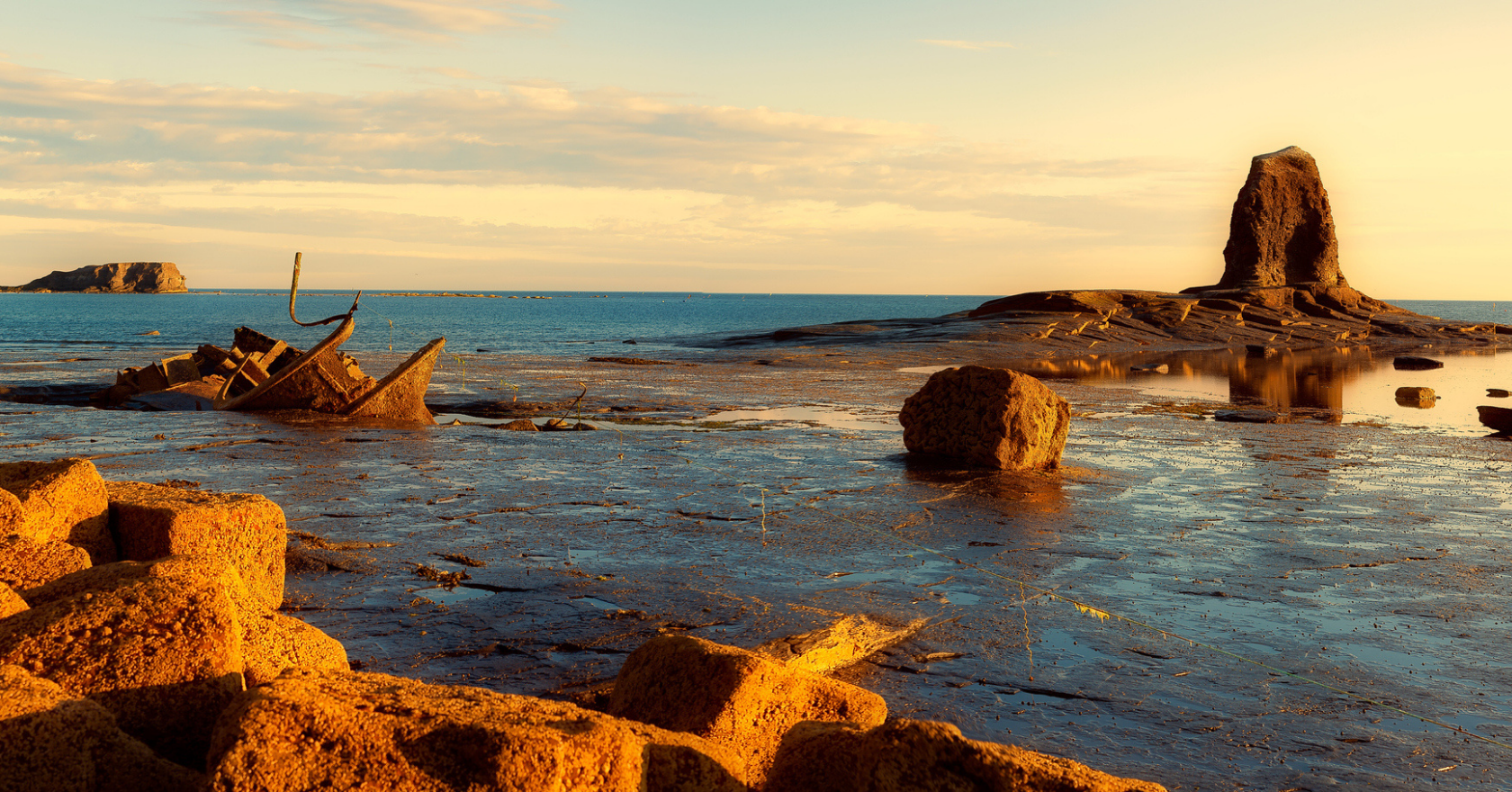We believe everyone has a happy place in the outdoors, and wherever that is, we’ve got the kit to get you there. We commissioned a survey to understand more about people’s happy places* and found that 93% of UK adults have a happy place in the outdoors.
Cotswold Outdoor Ambassador and Conscious Living Advocate Elinor Fay, @consciouslyelle, said: “A happy place can mean different things to different people, but for many, it relates to the outdoors. The results from Cotswold Outdoor’s research suggest that while all age groups have a love of the outdoors, this connection deepens as you age.
“It’s great to see a love of the outdoors is widely shared across generations. The benefits of being outdoors are numerous and well documented – it’s incredible for your mental and physical wellbeing.
“My happy place is enjoying some headspace in the outdoors. It’s an essential part of my day-to-day life and keeps my mind and body healthy. I adore spending time on the coast and watching the sun set over the sea, there is something so calming about it.”
What did we learn about the UK’s relationship with their happy places?
- Walking along the coast is the most reported happy place with a third of people voting for it.
- A quarter of people also voted for countryside walks, woodland walks and sunset gazing as their happy place.
- Over 50% of people enjoy being outdoors as it boosts their mental health.
- A third of people wish they spent more time in their happy place.
- 61% said having the right kit made it easier to access their happy place.
- Over a quarter of people look for kit that is versatile when choosing outdoor and activewear.
- Half of people want to spend more time outdoors.
- 30% of people need walking boots for their happy place – and one in five need waterproof clothing.
- 73% enjoy exploring outdoor places they’ve never been before, from simple country walks to towering hills.
- On average, adults escape to their happy place nine times a month.
- 21% agreed that the best happy places are ones where you can challenge yourself.
“With the weather warming up, it’s the perfect opportunity for people to spend more time outdoors and find their happy place and wherever your outdoor happy place, Cotswold Outdoor’s team of in-store specialists can help you find the right versatile, stylish and technical kit to get you there,” Elinor added.
Gemma Evans, Cotswold Outdoor Product Director, understands how the right kit can help people get the most enjoyment from time spent outdoors: “We know our customers are looking for kit that helps them look and feel great. It matters to us that we offer the functionality needed to enjoy the outdoors while delivering the style that enables wear in day-to-day life, which is why we are excited to have launched our new collection of stylish, versatile and technical pieces that can help our customers explore their happy places in kit that is built to last and designed to enjoy.”
What are the UK’s top 20 Happy Places?
- Walking along the coast
- Relaxing in my garden
- Countryside walks
- Watching TV
- On a woodland walk
- Watching the sunset
- Having a lie-in in bed
- Reading on the sofa
- Lying on the beach
- In bed with a book and a cup of tea
- Sitting in a pub garden
- At a coffee shop sat outside in the sunshine
- On a walk in your local park
- Cooking/baking in the kitchen
- Walking the dog
- In the bath
- Visiting a local heritage/National Trust site
- At the top of a hill or similar
- Birdwatching in the back garden
- Sitting on a balcony over a city view
Where is your happy place? Tell us about it on Instagram, tag @cotswoldoutdoor and use #HappyPlace.
Everyday Adventures, Extraordinary Kit: Ultimate Happy Place Kit List
Shop our new season collection of stylish, versatile and technical products to help you enjoy
your happy place in kit that is built to last and designed to enjoy.
Women's
Men's
*Survey of 2,000 UK adults (Nationally representative of Age, Gender and Region), carried out in March 2024 by OnePoll on behalf of Cotswold Outdoor.
Related Articles

Let us know you agree to cookies
We use marketing, analytical and functional cookies as well as similar technologies to give you the best experience. Third parties, including social media platforms, often place tracking cookies on our site to show you personalised adverts outside of our website.
We store your cookie preferences for two years and you can edit your preferences via ‘manage cookies’ or through the cookie policy at the bottom of every page. For more information, please see our cookie policy.






